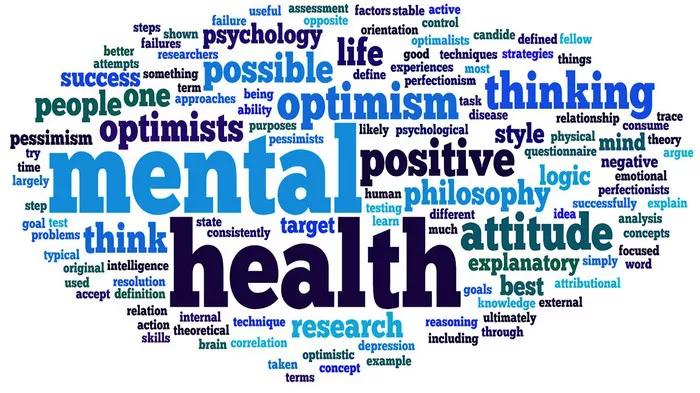Artificial intelligence (AI), big data, and digital health technologies are rapidly reshaping global public health, offering unprecedented tools to predict, prevent, and treat disease. No longer confined to science fiction, the use of AI in healthcare is evolving into a transformative force, promising to deliver faster diagnoses, personalized treatments, and greater access to care across the world.
A future where illnesses are detected before symptoms appear, health is monitored continuously by digital tools, and treatments are tailored to individual needs is becoming reality. At the heart of this transformation are AI-driven systems that process vast volumes of health data to identify subtle patterns invisible to human eyes.
For example, the large language model DeepSeek is showing potential in interpreting medical conversations and analyzing scans to detect early signs of illness. AI’s ability to assess electronic health records enables the early identification of individuals at risk for hundreds of conditions—sometimes years before they manifest. In one application, a simple AI-assisted eye scan may soon be able to predict the likelihood of developing type 2 diabetes, offering a scalable and affordable model for early disease detection.
Personal health technologies, such as AI-powered wearables and mobile applications, are also becoming integral tools. These systems can monitor biometric signals, track environmental exposures, and deliver real-time health advice. AI’s capacity to analyze a person’s chemical biomarkers from a single blood sample can now offer multi-disease risk profiling and detailed health monitoring, paving the way for more proactive chronic disease prevention and public health awareness.
In addition to improving prevention, AI is playing a key role in treatment innovation. By analyzing clinical data and scientific literature, AI can help researchers understand diseases at the molecular level, identify new drug targets, and forecast treatment responses. This personalization allows clinicians to identify which patients are most likely to benefit from specific therapies, accelerating drug development and optimizing therapeutic strategies.
AI is also streamlining the healthcare system itself. Automation of administrative tasks, optimization of hospital workflows, and more accurate diagnostic tools help reduce the burden on healthcare professionals and cut patient wait times. For underserved and remote regions, advanced AI tools like DeepSeek are bridging the healthcare access gap by providing expert-level guidance where specialist care is scarce.
These technologies are particularly promising for low-resource settings. Inexpensive AI-powered diagnostic tools and virtual consultations can deliver high-quality healthcare to communities with limited infrastructure. Moreover, AI models trained on diverse medical datasets can ensure predictive accuracy across demographic groups, including populations traditionally underrepresented in clinical research. This inclusivity is essential to building a fairer global health ecosystem.
However, the rapid integration of AI into healthcare raises critical regulatory and ethical challenges. Countries are taking markedly different approaches to managing AI’s role in health services.
The European Union has implemented the AI Act, which treats health-related AI applications as high-risk and subjects them to strict compliance and oversight. The EU’s General Data Protection Regulation (GDPR) enforces robust data privacy protections and emphasizes individual consent.
In contrast, the United States relies on sectoral regulation. The Food and Drug Administration (FDA) oversees AI tools on a case-by-case basis, while the Health Insurance Portability and Accountability Act (HIPAA) governs data privacy with less stringency than the GDPR.
China has adopted a state-led approach, embedding AI development and governance within broader national strategies. While it has yet to pass a dedicated AI law, it has issued ethical guidelines and enforces data regulation through the Personal Information Protection Law, which emphasizes user consent and data localization. This framework supports China’s ability to scale AI healthcare solutions from urban hospitals to rural clinics, accelerating the equitable rollout of new technologies.
These differing models—the EU’s rights-based framework, the US’s innovation-centric approach, and China’s state-coordinated system—reflect diverse political and cultural values. As China continues to push the frontiers of AI innovation, it is well positioned to demonstrate how digital health solutions can be deployed at scale to address disparities and improve health outcomes across populations.
The integration of AI into healthcare presents a historic opportunity to improve public health worldwide. But success depends on international collaboration, interdisciplinary research, and a shared commitment to ethical standards. By ensuring AI technologies are used responsibly and inclusively, the global community can build a smarter, more equitable, and healthier future for all.
Related Topics
































